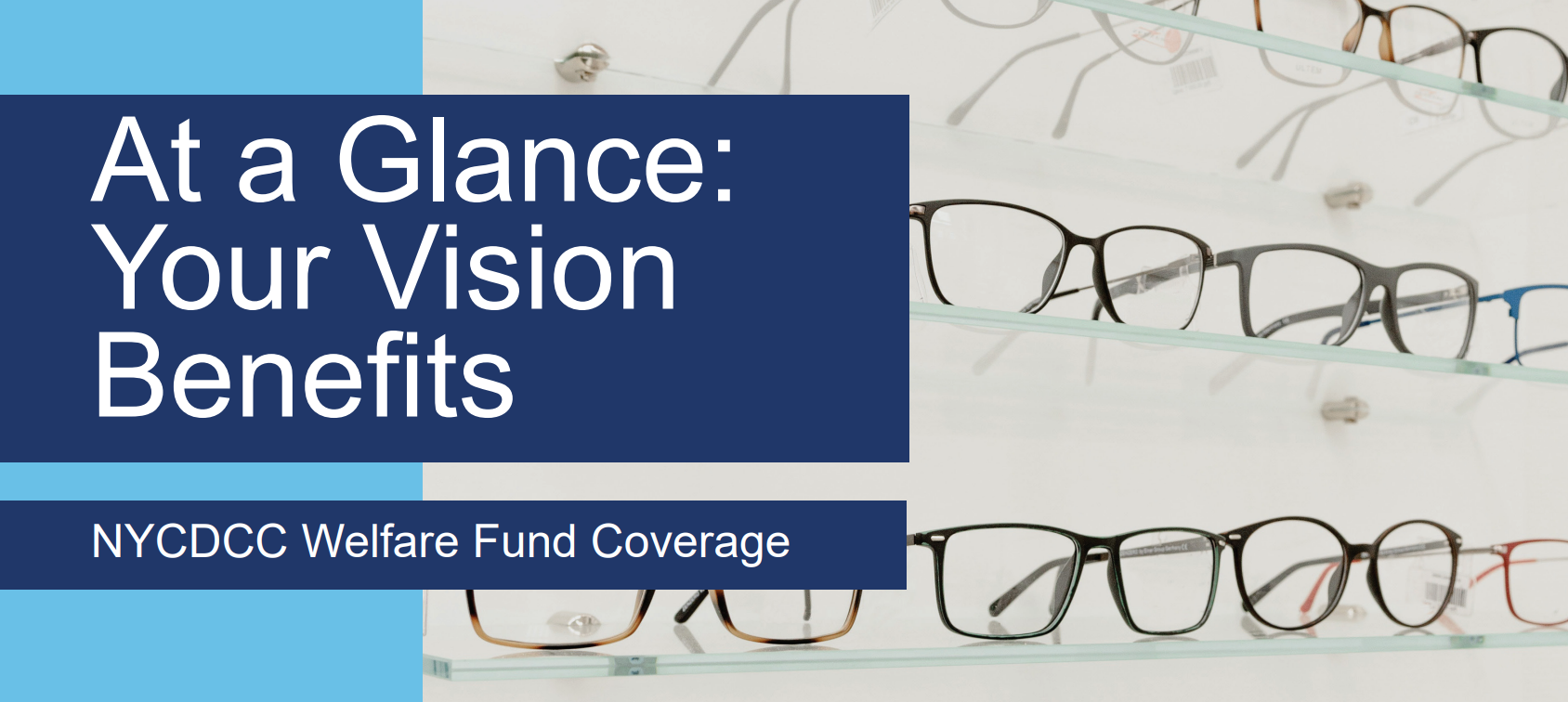January is National Eye Care Month
January is National Eye Care Month
January 11, 2023
Practicing good eye care and visiting the eye doctor regularly are essential to healthy lives for people of all ages. While nearly 100 million Americans are at high risk for vision loss, only half have visited an eye doctor in the past 12 months. Learning more about eye care, eye diseases, and prevention can make a huge difference for your health and quality of life.
EYE DISEASES
Many eye diseases begin with no symptoms or warning signs. Serious eye diseases that affect millions of Americans include:
-
- Glaucoma: a group of eye diseases that causes vision loss and blindness due to damage of the optic nerve. To learn more about glaucoma, click here.
- Age-Related Macular Degeneration (AMD): a disease that blurs your central vision. AMD occurs when aging damages the macula (part of the retina).
- Cataracts: cloudy areas in the lens of your eye. Over half of Americans age 80 and older either have cataracts or have had surgery to remove cataracts.
- Diabetic Retinopathy: an eye condition that can cause vision loss and blindness in people with diabetes, by affecting blood vessels in the retina.
- Amblyopia: also known as “lazy eye,” it results from a breakdown in how the brain and an eye work together. As the brain relies more on the stronger eye, the vision in the weaker eye worsens. Amblyopia is the most common cause of vision loss among children.
PRACTICING GOOD EYE CARE
There are many ways to practice good eye care, both big and small, including:
-
- Get regular eye exams. Dilated eye exams are easy, painless, and the most important thing you can do for your eye health.
- Know your family’s eye health history. Many eye conditions and diseases run in families.
- Know your risk factors. There are a variety of factors that increase the risk of eye diseases. Those at higher risk for glaucoma include African Americans over the age of 40, anyone over the age of 60, and those with a family history of glaucoma.
- Wear sunglasses that block out 99-100% of UVA UVB radiation.
- Quit smoking (or don’t start). Smoking increases your risk of macular degeneration and cataracts.
- Rest your eyes. Staring at screens for a long time strains your eyes. One good habit is “20-20-20”: take a break every 20 minutes to look at something about 20 feet away for 20 seconds.
- If you wear contact lenses, practice good hygiene to prevent eye infections. Wash your hands before handling your contacts and touching your eyes. Disinfect and replace your contact lenses regularly.
NYCDCC WELFARE FUND EYE CARE BENEFITS
The New York City District Council of Carpenters Welfare Fund provides vision care benefits for eligible participants and their covered dependents. Vision care benefits are provided through Comprehensive Professional Systems (“CPS”), and General Vision Services (“GVS”).
Comprehensive Professional Systems (“CPS”)
(212) 675-5745
http://www.cpsoptical.com
General Vision Services (“GVS”)
(800) 847-4661
https://generalvision.com/
SOURCES:
To learn more, visit the links below
https://www.cdc.gov/visionhealth/basics/index.html
https://www.cdc.gov/visionhealth/faq.htm
https://www.cdc.gov/visionhealth/resources/features/keep-eye-on-vision-health.html
https://www.nei.nih.gov/learn-about-eye-health
https://www.nei.nih.gov/learn-about-eye-health/healthy-vision/keep-your-eyes-healthy
https://www.nei.nih.gov/learn-about-eye-health/eye-conditions-and-diseases
https://www.aao.org/eye-health/tips-prevention/survey-eye-health-vision-loss-blindness-facts









